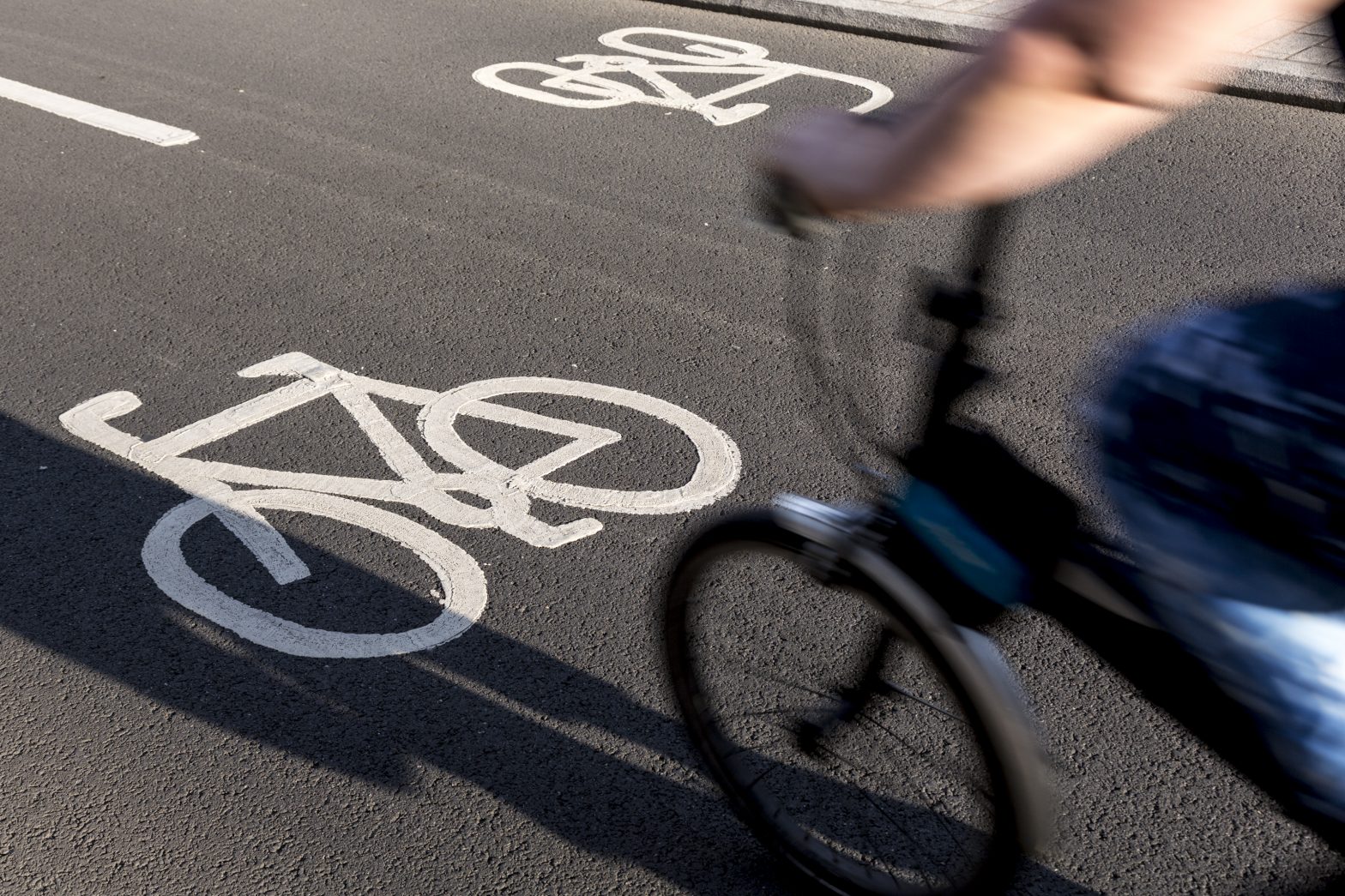In a virtual meeting last week, the Metropolitan Planning Organization’s Citizens Transportation Advisory Committee discussed how Charlottesville and Albemarle County are working to drastically slash their carbon emissions, particularly in the context of transportation.
Susan Elliott, Charlottesville’s climate protection program manager, explained that 95 percent of the city’s emissions come from the community. Residential, commercial, and transportation each make up 30 percent, while 5 percent stems from waste. The remaining 5 percent comes from municipal operations.
The city has already begun to see progress in its fight against climate change—its emissions in 2019 were 30 percent less than 2011 levels. Still, within the next three to five years, the city’s climate action team plans to implement key mitigation strategies, including creating neighborhoods that are walkable, bikeable, and served by public transit. The team also wants to increase the use of green transportation—including e-bikes, scooters, and electric vehicles—among residents, and develop a network of electric vehicle charging stations across the community, among other big goals.
Elliott urged the city’s urban designers to prioritize travel conservation, and design more spaces that allow people to travel to important destinations within a five-minute walk radius.
Gabe Dayley, Albemarle’s climate protection program manager, provided a similar overview of the county’s status on climate action. In a 2018 report, the county’s emissions were about 10 percent less than its 2008 levels. Thirty-nine percent of the county’s emissions come from buildings, while 52 percent stem from transportation—a much larger share than the city due to the county’s larger size.
According to a 2015 to 2019 report on work commutes, only around 16 percent of county residents take a bus, carpool, walk, bike, or use another environmentally-friendly form of transportation—the majority drive alone to get to work.
The county is considering reducing the amount of space allocated to on-street parking, and shifting it over to accommodate public transit, walking, and biking. However, “with a large rural area, it’s unlikely that we would ever have a transit service that could serve all areas of the county, so we may need to rely more on the transition to personal electric vehicles than the city might have to,” Dayley said. Over the past few years, there has been a growth in the usage of electric vehicle charging infrastructure across the county.
Though Albemarle does not have its own transit service, both city and county leadership want Charlottesville Area Transit to work toward electrifying its fleet—the University of Virginia, which has its own lofty climate goals, has already purchased four electric buses. The county is also looking into transitioning to electric school buses.
Following the presentations, members of the committee raised questions regarding the feasibility of increasing public transit, walkability, and bikeability in areas where driving seems to be the most accessible option. Dayley and Elliott explained that the city and county’s focus is on maximizing greener transportation options—but one trip does not have to be limited to a single mode of transportation.
“It’s not just the walkability, it’s not just the bikeability, it’s not just the transit access,” said Elliott. “It’s how those pieces intersect together.”
